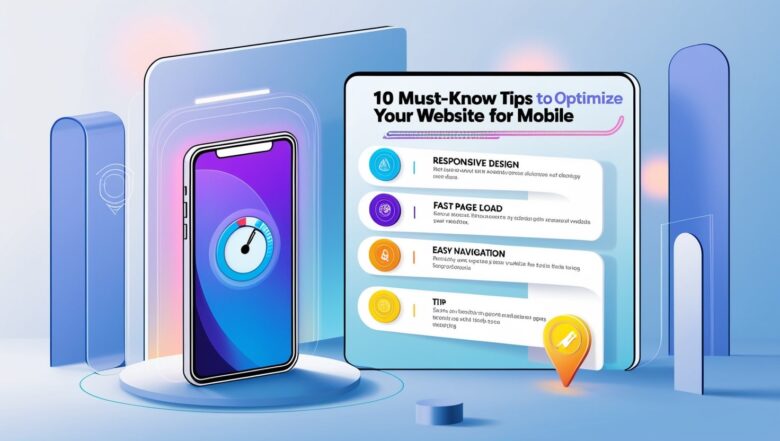
10 Must-Know Tips to Optimize Your WordPress Site for Mobile Users
As mobile browsing surpasses desktop usage, optimizing your WordPress site for mobile users is crucial for both user experience and search engine optimization (SEO). Mobile-friendly websites load faster, offer smoother navigation, and rank better on Google. Here are ten must-know tips to help you make your WordPress site mobile-friendly, responsive, and fast-loading.